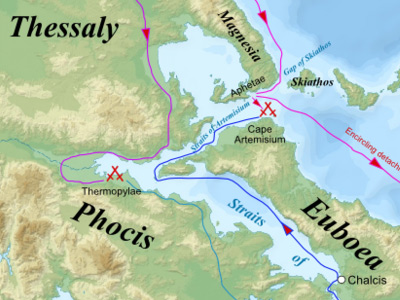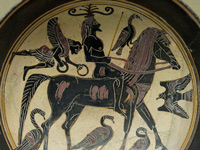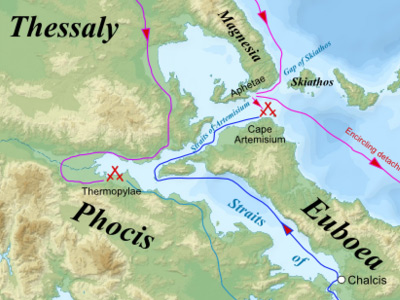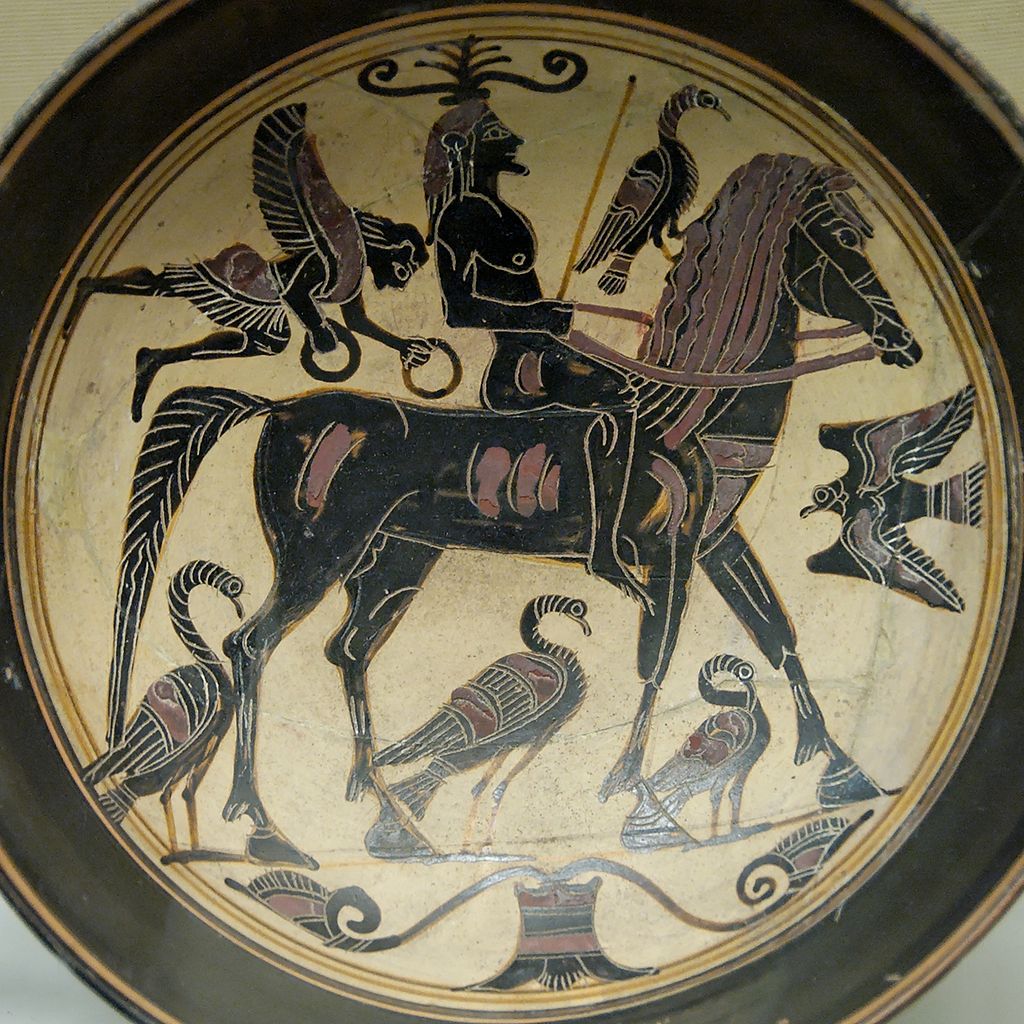Battle of Thermopylae (480 BC)

Second Day
On the second day, Xerxes again sent in the infantry to attack the pass, "supposing that their enemies, being so few, were now disabled by wounds and could no longer resist." However, the Persians had no more success on the second day than on the first. Xerxes at last stopped the assault and withdrew to his camp, "totally perplexed".
Later that day, however, as the Persian king was pondering what to do next, he received a windfall; a Trachinian named Ephialtes informed him of the mountain path around Thermopylae and offered to guide the Persian army. Ephialtes was motivated by the desire for a reward. For this act, the name "Ephialtes" received a lasting stigma; it came to mean "nightmare" in the Greek language and to symbolize the archetypal traitor in Greek culture.
Herodotus reports that Xerxes sent his commander Hydarnes that evening, with the men under his command, the Immortals, to encircle the Greeks via the path. However, he does not say who those men were. The Immortals had been bloodied on the first day, so it is possible that Hydarnes may have been given overall command of an enhanced force including what was left of the Immortals; according to Diodorus, Hydarnes had a force of 20,000 for the mission. The path led from east of the Persian camp along the ridge of Mt. Anopaea behind the cliffs that flanked the pass. It branched, with one path leading to Phocis and the other down to the Malian Gulf at Alpenus, the first town of Locris.
HISTORY

RESOURCES
This article uses material from the Wikipedia article "Battle of Thermopylae", which is released under the Creative Commons Attribution-Share-Alike License 3.0.
© Stories Preschool. All Rights Reserved.










